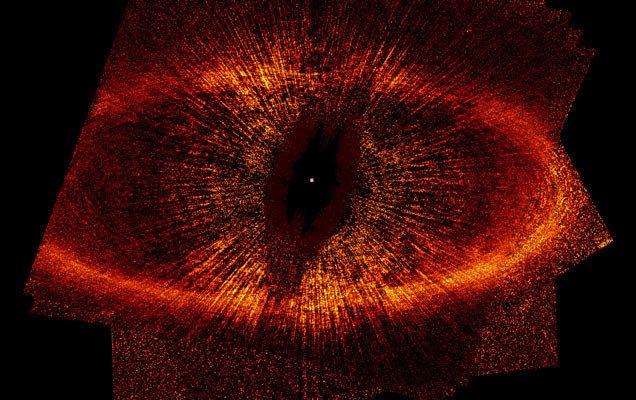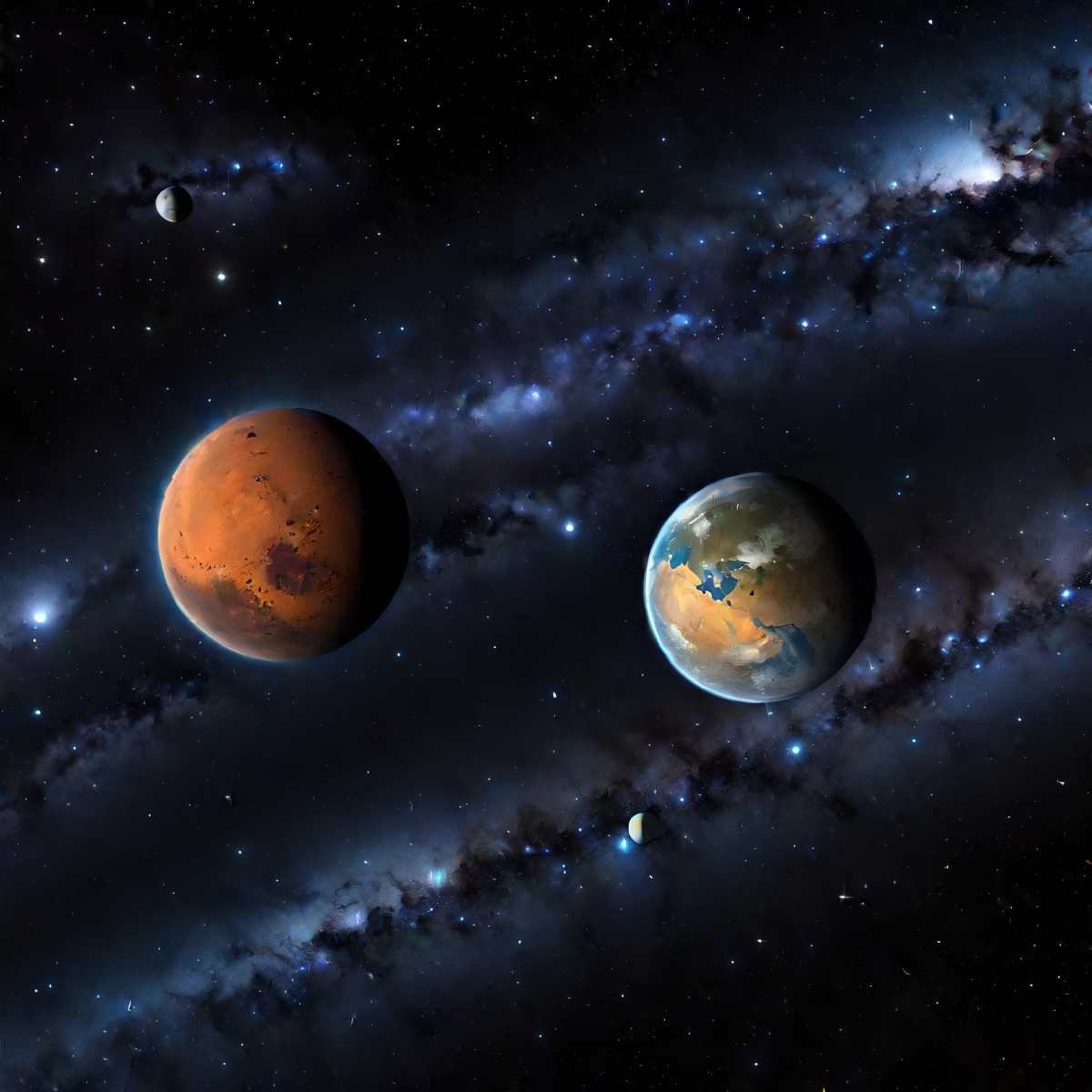Planets emit no light of their own, so observers hunting for worlds orbiting other stars usually detect them indirectly. Now, one such technique has come under fire. The gravity of a planet circling a star in a dusty disk can carve gaps in the disk. But as researchers report online today in Nature, if the disk harbors as much gas as dust, the gas can cause the dust to clump into rings with sharp edges - even in the absence of planets. The best-known example, the scientists say, may be Fomalhaut, a bright star located just 25 light-years from Earth. Its dusty disk (red in the image; the white dot is the star) has a ring suggestive of a planet, which observers later claimed to see directly. However, that discovery has proven controversial, and the researchers say that if Fomalhaut’s disk has gas - no one has yet seen any - then the star could have no planets at all.

Some Young Planets May Be Mirages
·1 min
